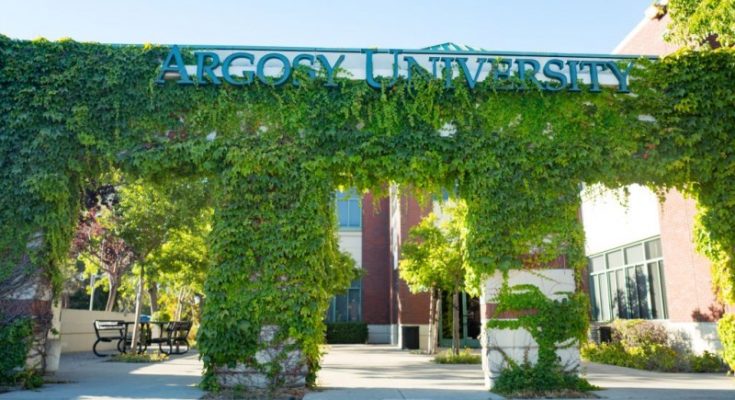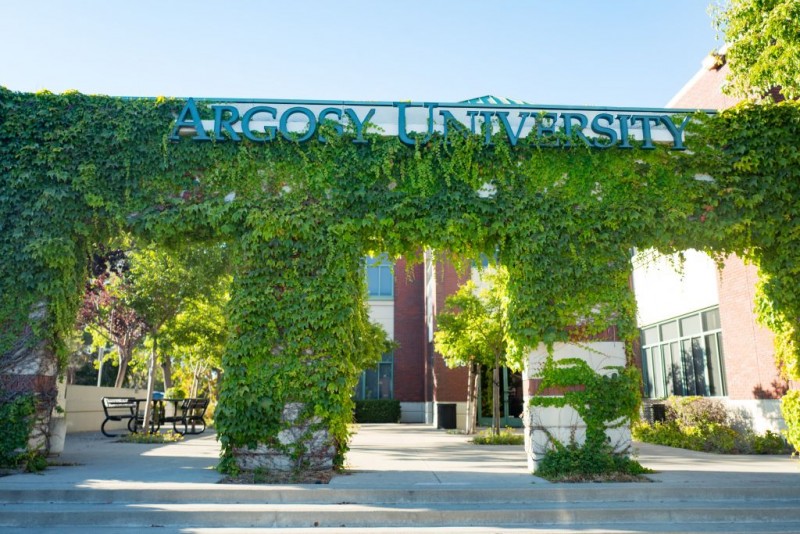Amidst recent controversy over recruiting practices and poor job placement, for-profit education institutions have begun to recruit non-profit administrators in an effort to influence what can be a predatory, misleading admissions culture. The intent is to demonstrate to Washington and critics in general that there are many positive similarities between for- and non-profit schools, and that for-profits offer accessibility and opportunity to students who may be unable to enter a traditional non-profit.
Diane Auer Jones, an assistant secretary for postsecondary education during the George W. Bush presidency and a lobbyist and Congressional staffer, is one of the first to make the move. Jones recently accepted a position as Career Education Corp.’s vice president of external and regulatory affairs.
Long before her career began in education, Jones was a massage therapist student at a for-profit college in Baltimore. Her son, similarly, attended a for-profit college. Jones has remarked that she would never work for a “bad actor” and that the for-profit sector, despite criticism, is “not all bad.” Her reputation and work will be a huge asset to the company, but Jones was quick to warn that for-profits have proven themselves and can stand on their own. “If by hiring me it does help some people open their eyes that the sector is serious about doing it the right way, then great. If people look at my credibility and that lets them look at the sector in a new way, then that’s a benefit for the company.”
Geri H. Malandra, a former official at the University of Texas System and the American Council on Education, has followed Jones’ lead and switched sectors. Malandra recently accepted the provost position at Kaplan University and brings to the table extensive experience in the education sector. Malandra has said that she has followed and been interested in for-profit education institutions since the 1990s. During the 90s, Malandra headed a continuing education project at the University of Minnesota- Twin Cities which operated as a for-profit. Her experience, she says, “helped me come to see that for-profits are just as passionate about the quality of education, just as passionate about student outcomes, just as passionate about serving our nation” as the best nonprofit colleges.
Jones and Malandra are just two non-profit administrators that have chosen to move to for-profit education. And it’s not just the pay. Larry A. Isaak, the former president of the Midwestern Higher Education Compact, recently made the move to Capella University, assuming the university’s presidency. Isaak recently noted that his decision wasn’t based on for or non-profit. He was driven, he says by “the university’s focus on adult learners, innovations in delivery and offering a student-centric approach.”
Although for-profit education institutions have established an admirable traditional and reputation (despite some recent criticism) all their own, the decisions made by some of non-profit’s best to switch sectors speaks volumes.



